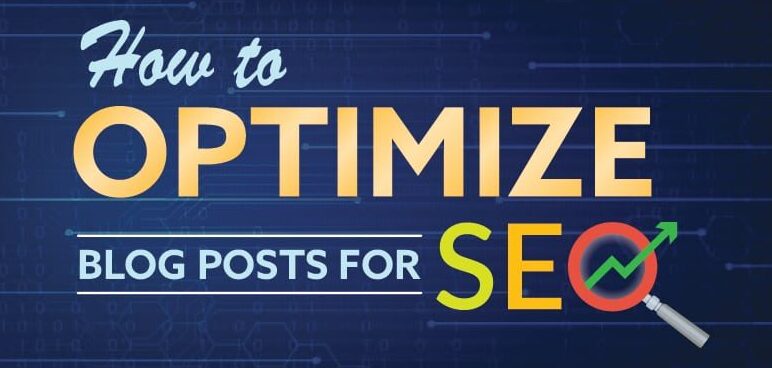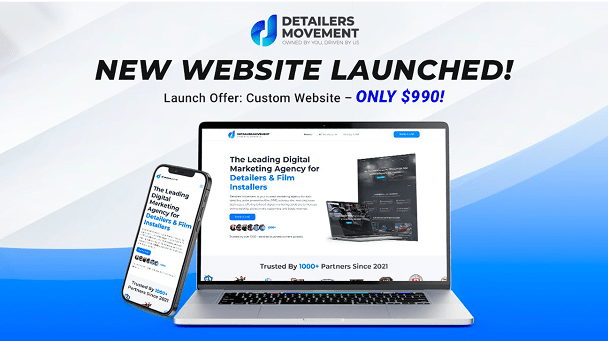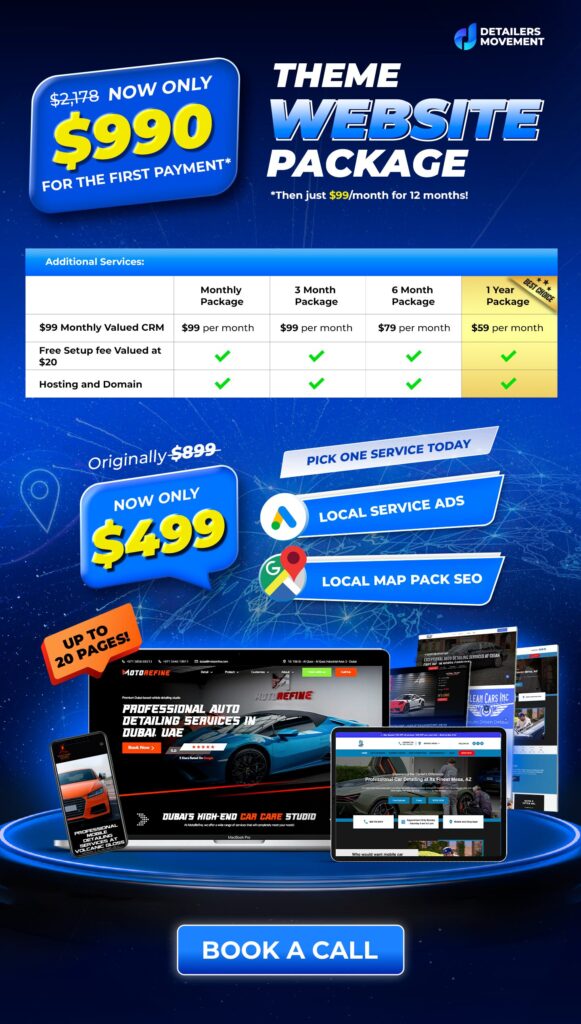
Introduction: Why Blog Optimization Is Key to SEO Success
If you’re an auto detailer, PPF installer, tint shop, or wrap business, writing blog posts is a great way to attract visitors — but simply publishing content isn’t enough. To rank higher and bring in the right audience, you need to optimize your blogs for SEO the right way.
Well-optimized blog posts help you:
- Rank for valuable keywords
- Support your service pages
- Build topical authority
- Generate organic leads over time
In this guide, we’ll break down how to optimize blog posts for maximum SEO impact in your detailing business.
Why Optimizing Your Blog Posts Matters
| Non-Optimized Blog | SEO-Optimized Blog |
| Low visibility in search results | Higher rankings for targeted keywords |
| Missed internal linking opportunities | Strengthens SEO clusters and service pages |
| Doesn’t answer what customers are searching for | Matches search intent and attracts qualified leads |
The right optimization turns your blogs into lead-generating machines.
Step-by-Step: How to Optimize Your Blog Posts for SEO


1. Start With Keyword Research
Focus on:
- Service-related keywords (“ceramic coating lifespan”)
- Long-tail questions (“How long does ceramic coating last on Teslas?”)
- Location-based variations (“PPF maintenance tips for Florida car owners”)
Use tools like:
- Google Search Console (check existing queries)
- Ahrefs or SEMrush
- Google “People Also Ask”
- AlsoAsked.com
Once you’ve identified high-intent keywords, Google Ads lets you target them directly—putting your services in front of people searching for exactly what you offer.
2. Craft an SEO-Friendly Title and Meta Description
Use your main keyword early in the title:
- “How Long Does Ceramic Coating Last? (What Every Car Owner Needs to Know)”
Meta Description Example:
“Wondering how long ceramic coating lasts? Learn what affects lifespan and how to maintain your coating for maximum protection.”
3. Structure Your Content With Clear Headings (H1, H2, H3)
Use:
- One H1 (your blog title)
- H2s for main sections (e.g., “What Affects Ceramic Coating Lifespan?”)
- H3s for sub-points (e.g., “Environment and Driving Habits”)
This improves both SEO and readability.
4. Optimize Images for SEO
Include:
- Descriptive filenames (“tesla-ceramic-coating-application.jpg”)
- Alt text with relevant keywords
- Captions to reinforce topical relevance
Related: How to Improve Your Website’s UX for Better SEO and Conversions
5. Add Internal Links to Related Content
Link:
- From your blog back to relevant service pages
- Between related blogs to strengthen your cluster
Example:
“To learn more about keeping your coating in top condition, check out our Ceramic Coating Maintenance Tips.”
6. Use Schema Markup (FAQ and Article Schema)
Mark up:
- FAQ sections for rich results
- Article schema for blog posts
This helps Google better understand your content and can improve visibility.
7. Optimize for Mobile and Speed
Ensure:
- Fast load times (under 3 seconds)
- Mobile-friendly formatting (large fonts, easy tap targets)
- Simple layout with clear CTAs (“Get a Quote for Ceramic Coating”)
Real-World Example: How Blog Optimization Increased Organic Traffic by 65%
A tint and PPF shop in Texas had several blog posts but minimal SEO optimization.
After:
- Adding structured headings and internal links
- Optimizing meta titles, descriptions, and image alt text
- Implementing FAQ Schema
Result: 65% increase in organic traffic and higher rankings for “ceramic coating Dallas” and related terms.
To build on that organic growth, Meta Ads can help promote your optimized blog content to local audiences who are actively browsing Facebook and Instagram.
Common Mistakes to Avoid When Optimizing Blog Posts


| Mistake | Why It Hurts |
| No keyword research before writing | Misses the chance to rank for what people search |
| Thin content (under 500 words) | Doesn’t fully answer user intent |
| Forgetting internal links | Weakens your SEO clusters and content structure |
| Overstuffing keywords | Looks spammy and reduces readability |
Ready to Optimize Your Blog Posts for Maximum Impact?
At Detailers Movement, we help PPF installers, tint shops, wrap businesses, and auto detailers:
- Write and optimize blogs that rank and generate leads
- Build content strategies that strengthen SEO clusters
- Use data to continuously improve performance
Want to turn your blog traffic into paying customers? Our RevUp CRM system helps you track leads, automate follow-ups, and close more sales effortlessly.
Book your free strategy call now and let’s make your blog content work harder for your business.






